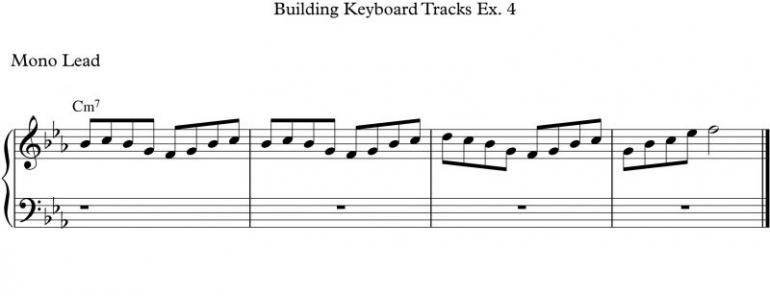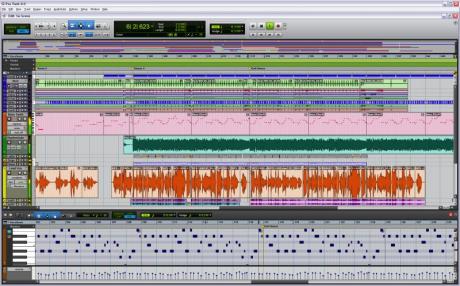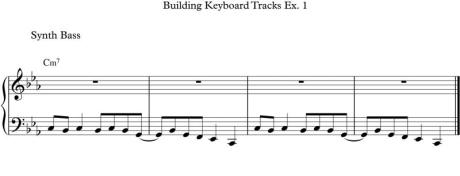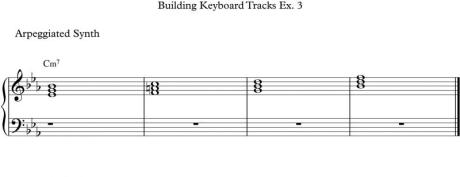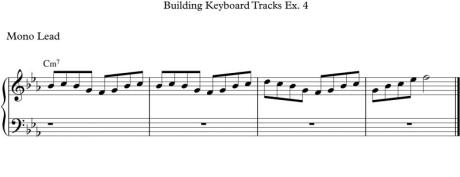Rock Organ XVI - Building Keyboard Tracks

Čtenáři, možná vás zaskočí, že na českých stránkách nacházíte anglický text. Není to chyba. V současné době pro časopis Muzikus píše newyorkský klávesista a pianista Brian Charette. A tak jsem si v redakci řekli, že bychom mohli něco udělat pro zlepšení vašich znalostí angličtiny. Určitě nám dáte za pravdu, že angličtina se na pódiích objevuje stále častěji a potřeba domluvit se na pódiu i v zákulisí se stane brzy samozřejmosti. Proto zde naleznete originální verzi přímo od Briana a na stránkách časopisu Muzikus v čísle 11/2013 článek přeložený Petrem Štikou. Navíc zde máte audio ukázky, které do časopisu jaksi přeložit neumíme. Enjoy reading!
šéfredaktor časopisu Muzikus Ing. Vladimír Švanda
As a modern keyboardist, It's no longer enough to just be a great pianist or organist. Today's modern keyboardist has many more sonic responsibilities. This month, lets investigate how to build an entire track of music with interesting keyboard sounds. A great thing about modern computer recording is that it's easy to use a few tricks to quickly give your productions sparkle. We will start with a quickly created drum track we can make in seconds by opening a software drum track and moving a little slider :)
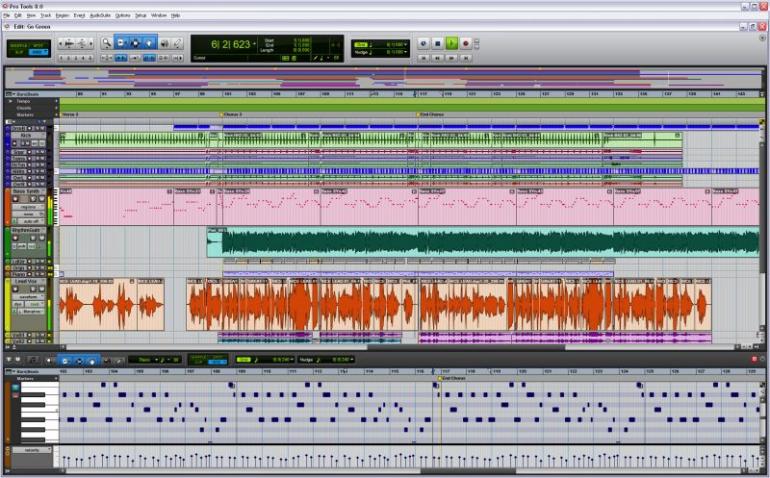
1.) Drum n Bass
Against this simple drum track (audio enclosed), we start with a mono bass synth line built with notes from the C minor pentatonic scale (C, Eb, F, G, Bb, C). On your synth or soft synth, try selecting a mono bass patch and setting the cutoff frequency to right where the sound has a little bite but still lots of bass frequencies. Try to match the rhythms of the bass drum to lock in the time feel. A funky bass and drum track is the backbone of any great music production. To built great tracks, start from the bottom up.
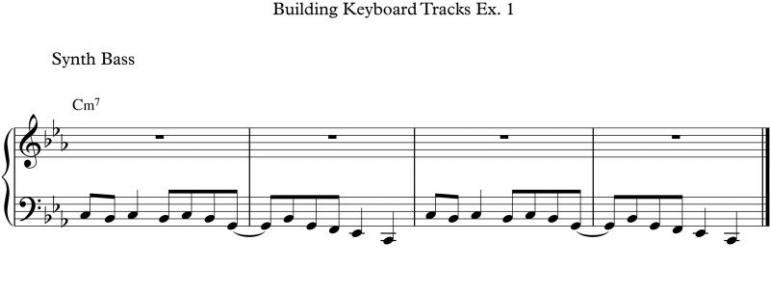
2.) Rhodes
Now lets try to add some tracks to start making our groove sound like a piece of music. On top of our rhythm section groove, we will ground the piece in a tonality, in this case Cm7. Our chords are voiced in 4ths and use notes exclusively from the C Dorian Scale (C, D, Eb, F, G, A, Bb, C). We've added some delay that's locked into the metronome so the chords have a dreamy sound that washes over the whole track. On your own practice voicings for all the Greek modes in chords voiced in thirds and fourths.

3.) Arpeggiated Chords
This is where things start to get interesting. In the same way our Rhodes delay was synced to the BPM of our track, So is the arpeggiator on our soft synth. There are usually a few options for the pattern of the arpeggiator and many synths have a tap tempo button so you can lock in the time on the fly. Take a look at our musical example, the chords again all come from the C Dorian Mode, this time voiced in thirds as triads. The chords fall on beat one, but immediately start to make interesting syncopated rhythms because of the arpeggiator. Familiarize yourself with the features on your keyboards or sort synths. There are usually a lots of cool tricks on every synth.

4.) Lead
On top of this burning track, lets take a solo to put it over the top! Over a Cm7 chord, it's cool to combine the notes of a Gm pentatonic scale (G, A, Bb, C, D, F) with the C minor pentatonic for a couple of interesting chord tones (D the 9th and G the 11th). In the last bar we slip back into C minor to give the line a cadence.
